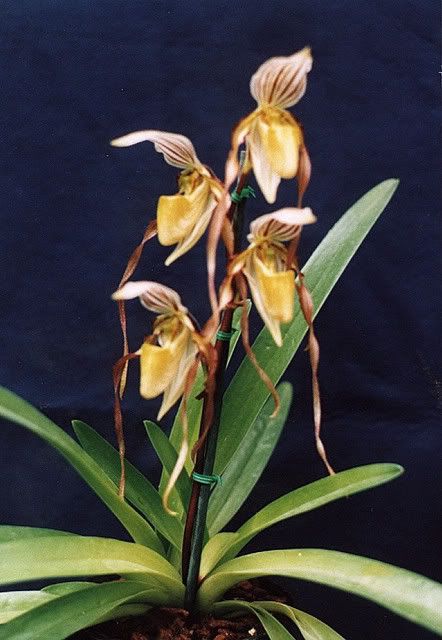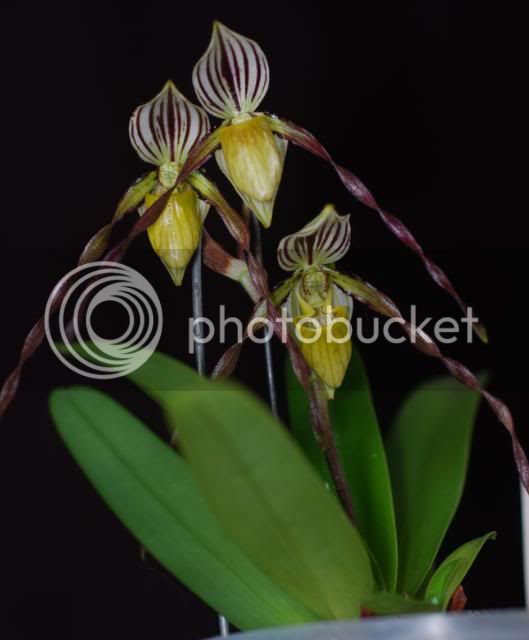emydura
Well-Known Member
Horticulturists (orchidists) have a more lucid view, because in nearly all cases they are viewing living plants rather than dead, damaged, dried, centuries old (in many cases) specimens that have been "interpreted" by some chair-bound taxonomist who never saw the living specimen.
I think that when we divide species by their differences, rather than lump them according to a few of the same particulars, we only seek to confuse the issue not enlighten it. Confusion limits intelligent discourse, enlightenment expands it. Sorry Leo, there is a lot of "nonsense" coming from taxonomic quarters, as it always has been the case. Those of us who actually get out into the field learn the difference.
It is horticulturalists that want to divide everything based on superficial differences, not taxonomists. Phillipinense is a case in point. Taxonomists are lumping this group based on there similarities. I have a few of these different forms of phillipinense and I am more drawn to the similarities than the differences. I agree it is important to recognise these forms from a horticultural point of view as some have more desirable traits in which we want to breed with. But that doesn't mean they should be recognised scientifically.
David












































